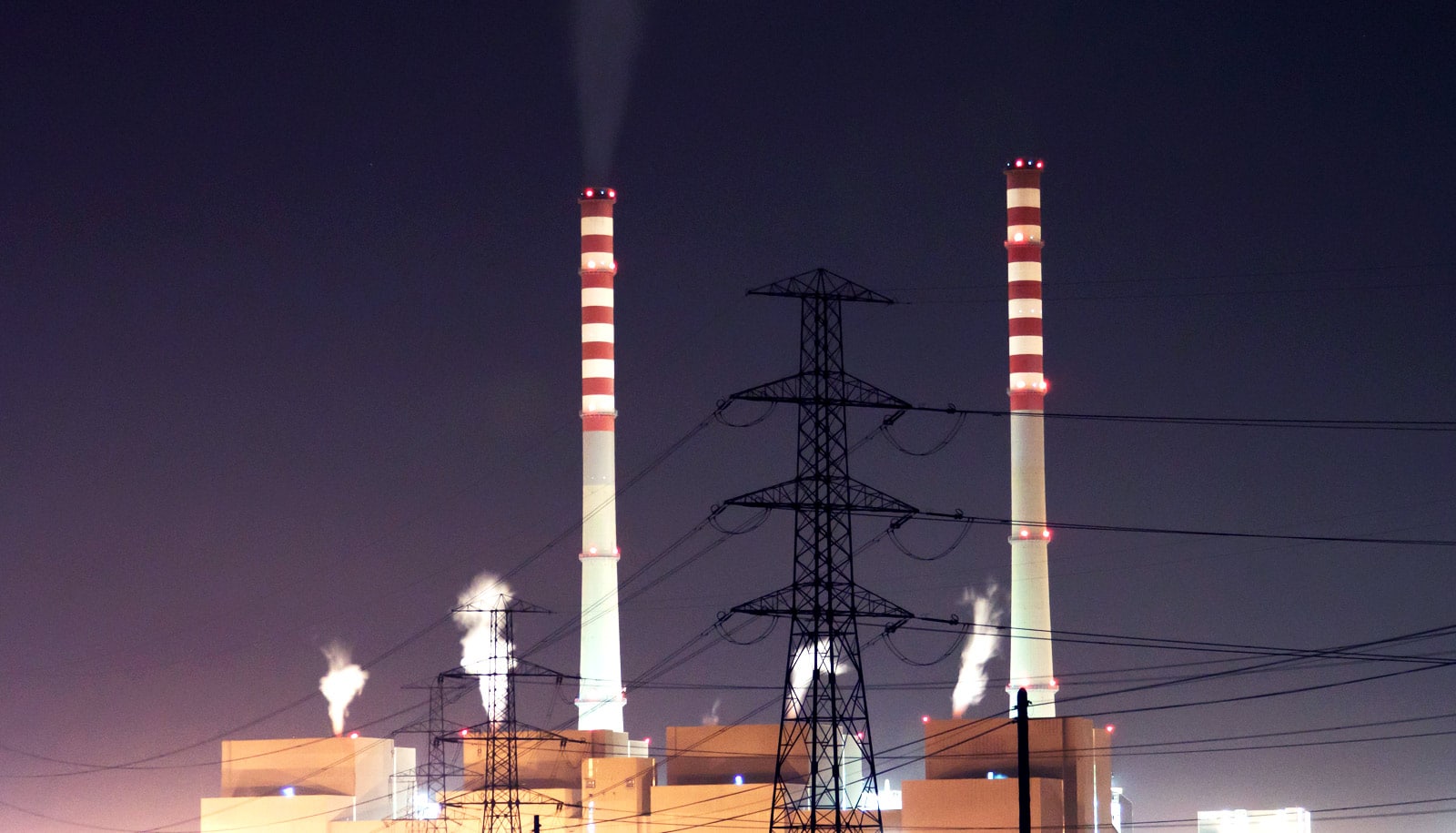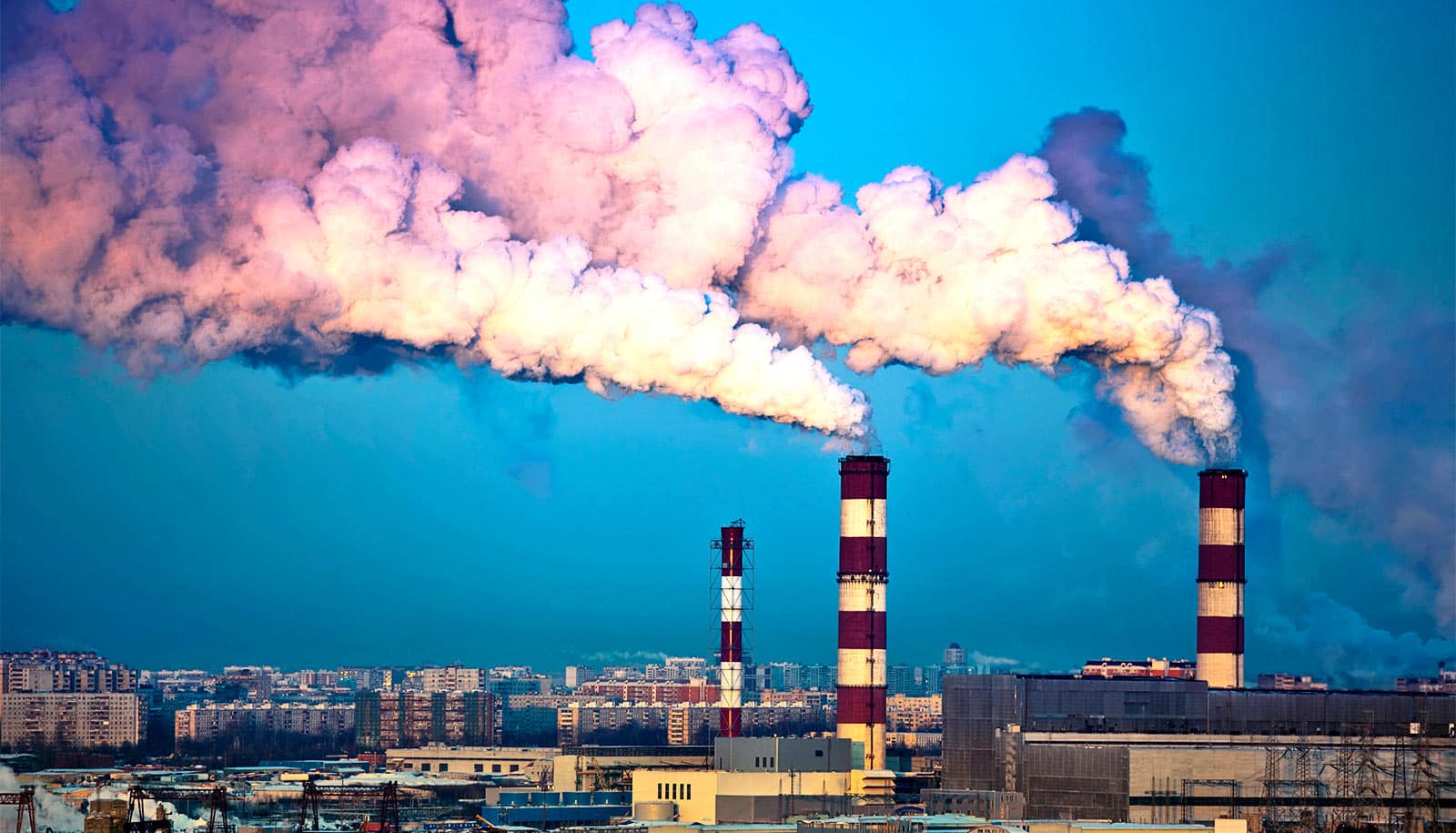Researchers are investigating a method of creating power from fast moving streams that many rural areas in Nepal use.
They’re looking into why some of these systems work better than others, and whether they could be useful in other countries.
80 percent of the geography of Nepal is composed of mountain ranges like Annapurna, making the big power grids that we take for granted in the developed world an impossibility in much of Nepal. For most mountain communities, living off-grid is the only option.
But rather than fight against their geography, many of these communities have discovered a way to use the mountains to their advantage, harnessing the power of the fast-flowing mountain streams for power using a system called a micro-hydro minigrid.
For many communities, these systems not only provide power for basic necessities like lighting and cooking, but also are drivers of local economies. In other villages however, these systems are far less effective. Many don’t produce enough electricity for the community, or sometimes none at all.
That’s why a team of researchers from Duke University found themselves in the Himalayas: to find out why some work and some don’t, and to see if this small but beautiful alternative energy source may be a viable solution for providing electricity to off-grid communities not only in Nepal but also around the world.
This is the third of a four-part series on understanding and dealing with a changing climate. Read a transcript of this episode here.
The Duke Energy Initiative Seed Grant Program funded Robyn Meeks and Subhrendu Pattanayaak’s work. Both researchers are also affiliated with the Duke Energy Access Project. For their work in Nepal, Robin and Subhrendu are collaborating with the Alternative Energy Promotion Centre which is a part of the Government of Nepal in their Ministry of Energy, Water Resources, and Irrigation.
Source: Duke University



